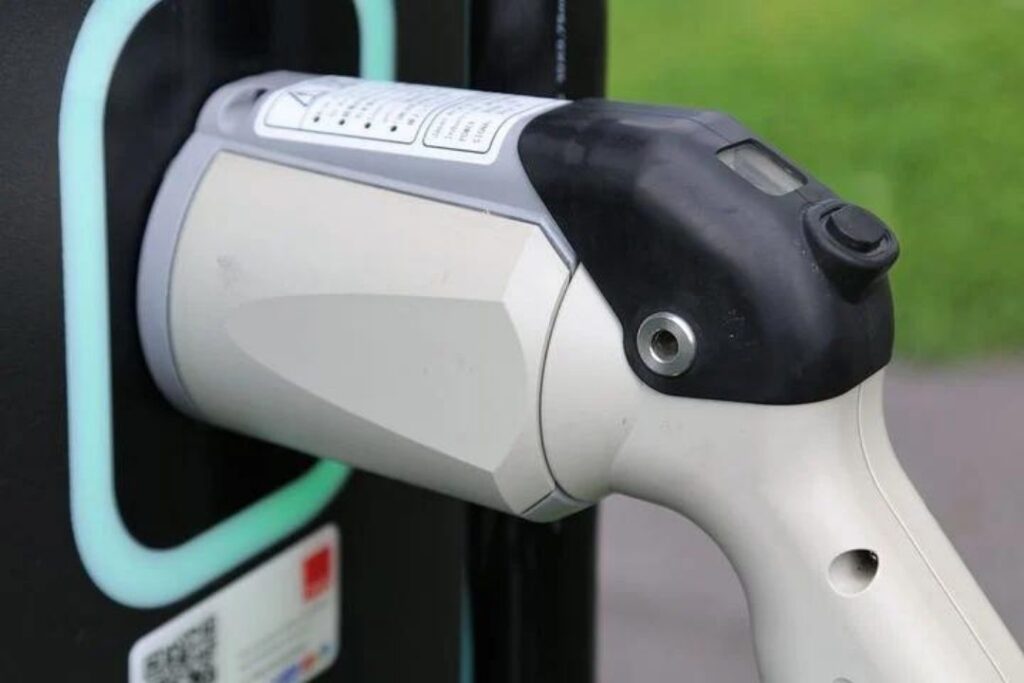Electric Forklift Battery Safety Tips

Charging heavy industrial batteries should be as simple as charging your phone right? In actual fact, charging an electric forklift battery is not only more complex than you may think.
Firstly, it is important to understand that traditional forklift’s utilise lead-acid batteries that generate electricity through a chemical reaction between lead plates and Sulfuric acid to power the forklifts. These batteries must be allowed to fully charge each time they are placed on charge.
If the batteries are allowed to fully charge each time, it will ensure that ‘memory loss’ does not occur. Memory loss, is the term used where if a battery is repeatedly charged before all of its stored energy is depleted, it will cause the battery to ‘memorise’ the decreased life cycle. This results in shorter operating times for new electric forklifts and will reduce its peak performance.
Below are some electric forklift battery safety tips and knowledge we advise:
- PPE
PPE or Personal Protective Equipment, is the most important measure employees can take to ensure their own personal safety especially when dealing with electric forklift batteries. PPE prepares anyone for risks in the event of accidents or exposure to certain elements. The main types PPE that should be worn when dealing with electric forklift batteries are:
- Gloves
The main purpose for gloves are to provide your hands with a safety layer against possible exposure to chemicals, blood, bodily fluids, discharges, excretions and handling contaminated equipment. Unfortunately, not all gloves are equally effective in preventing skin contact. Chemicals can eventually spread throughout the gloves however, they can be used safely for specific time periods when the conditions and glove characteristics, i.e. thickness, permeation and rate and time are known to the user.
- Eye Protection
People often neglect their eye safety in the workplace. Taking your vision for granted would be greatly regretted in the case of an accident – particularly if it could have been easily avoided. Eye protection means that your eyes are safe from flying debris, dust and hazardous liquids that could damage your vision. If poor manufacturing of the electric forklift battery has occurred whereby the battery has leaked, having protective eyewear will eliminate the possibility for said leakage to mix with the eyes of the employee which obviously would cause serious health implications.
- Weight Of Electric Forklift Battery
Electric forklift batteries are very heavy and cannot be moved or lifted into a charging station without some type of mechanical assistance. Any equipment used to move batteries should facilitate easy movement without the need for manual lifting or awkward body movements. Review proper lifting techniques and limit the amount of weight that should be lifted by one person. Steel toe caps shoes are also advised when anyone decides to move a battery to a charging station.
- Flammable Gas During Charging
Hydrogen gas is generated when the electric forklift batteries are being charged. Therefore, if the battery charging area is not well-ventilated, the accumulation of hydrogen gas can present an explosion hazard. In addition to providing ventilation and keeping battery charging areas clean and free of open flames, hydrogen gas monitors can help ensure that flammable gasses don’t reach unsafe levels.
- Corrosive Electrolytes
The electrolyte in electric forklift batteries contains sulfuric acid which is corrosive and can cause chemical burns if it splashes out of refillable batteries. Therefore, PPE should be utilised when dealing with battery transfer and transportation.
Spilled electrolytes can cause chemical burns and create a slip hazard. Keeping spill kits in battery rooms and charging areas facilitates fast response times so that spills can be absorbed and neutralised quickly. Employees should know how to use the PPE as well as any neutralizers, tools or equipment in the kits.
Routine guidelines should be included such as removing electrolyte and dirt from battery casings. In some instances, you may have the facilities to switch to sealed batteries to help minimise the chance of anyone coming in contact with electrolytes and improve electric forklift battery safety.
Summarizing recommendations:
Here are some of the recommendations you should consider when preparing your electric forklift battery safety procedures.
- Seal the battery cap tightly to prevent liquid from spilling during transport.
- Always wear the appropriate PPE when handling batteries or other hazardous equipment, in particular protective eyewear and gloves.
- Separate the battery terminals with wood or cardboard to prevent them from sparking off of one another.
- Secure the battery firmly during transport to prevent sliding.
- Report any spillages or potential hazards as soon as they arise.
Finally, If you are interested in recycling your forklift battery to help the environment, visit ENVA – a recycling and waste management company to help manage your lead acid battery collection and recycling needs.
